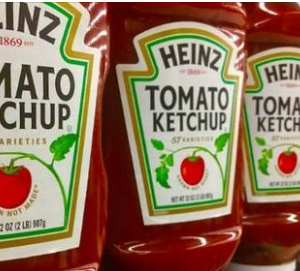Labels on products provide crucial information, from safety warnings on cleaning supplies to nutrition facts on grocery items. Among these, fruit stickers carry numbers that are surprisingly informative.
The numbers on fruit stickers, often seen in grocery stores, serve more than just identifying prices. A 5-digit code beginning with 9 indicates the produce is organically grown. For instance, an organic apple would have a sticker starting with 9. Conversely, a 5-digit code starting with 8 denotes genetically modified (GMO) produce. GMOs are controversial due to potential health risks, and their long-term impacts are still being studied. Thus, GMO labels are relatively rare.
If the sticker has a 4-digit code starting with 3 or 4, it signifies conventionally grown produce. Conventional farming uses synthetic fertilizers and pesticides, unlike organic farming, which employs organic matter like compost and natural methods for weed control. Despite debates about environmental and health impacts, studies suggest no significant nutritional differences between organic and conventional produce. Dr. Tamika D. Sims, a food technology expert, emphasizes focusing on a balanced diet rather than the production method indicated by fruit stickers.
These numbers, part of an internationally standardized system, not only help in pricing but also provide insight into how the food was grown. Introduced in the 1990s by the International Federation for Produce Standards (IFPS), this system aims to improve supply chain efficiency and ensure high-quality produce. The IFPS has assigned over 1,400 codes, though their use is optional, meaning not all produce in stores adheres to these standards.
Understanding fruit sticker numbers can be beneficial for consumers concerned about their food choices. Additionally, these codes facilitate quicker checkouts, especially at self-service stations. This organized system helps track and maintain the quality of produce globally, ensuring nutritious food reaches our tables efficiently.





